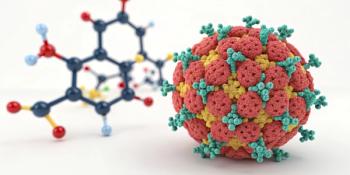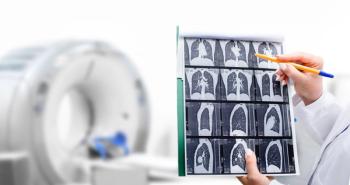
Global Breast Cancer Diagnostics Market Expected to Grow $3.8 Billion by 2032
Experts predict that from 2024 to 2032, the breast cancer market will grow at a CAGR of 7.09%.
The global breast cancer diagnostics market is expected to grow from $4.47 billion to $8.27 billion from 2024-2032, according to a
The fastest growing sector during this period is expected to be the Asia Pacific region due to an uptick of breast cancer cases. In 2020, almost half of breast cancer cases worldwide (45.4%) were diagnosed in Asia, according to a 2020
In 2023, North America led the market with 46.4% of the total market share.
There has been a rising demand for regular screenings and support from governments across the globe from organizations such as the World Health Organization’s
An aging global population is another likely contributor to market growth as well as technological advancements in the imaging segment which includes mammography and ultrasound procedures. In 2023, the imaging segment accounted for 53.2% of revenue share in the global market.
Less invasive diagnostic techniques have gained popularity as well. Liquid biopsies have become more popular, due to their less invasive nature. During a liquid biopsy, cancer is detected using a blood sample. This minimizes the amount of tissue needed for testing but does not replace a tissue-based diagnosis. The first commercial test became available in 2014 and was
A recent interest in using artificial intelligence to read mammogram results also contributes to rising case numbers. Although this practice is common in Europe, only about
“The Breast Cancer Diagnostics Market presents significant opportunities for growth,” the report reads. “Expanding healthcare infrastructure in developing regions presents opportunities for market penetration and growth. Collaborations between healthcare providers, technology companies, and research institutions can also foster innovation and market expansion.”
The top breast cancer risk factor is being female and no greater than
Newsletter
Get the latest industry news, event updates, and more from Managed healthcare Executive.


















































